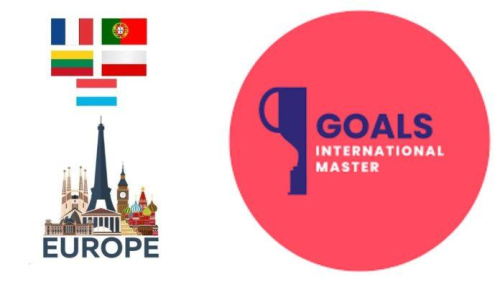Economics Keypoints: Economic Problems Of What, How, And Whom To Produce; Every community suffers a scarcity of resources due to their finite availability, which necessitates the distribution of scarce resources in order to maximize the satisfaction of human desires.
The allocation of resources raises the basic economic problem of the production, distribution, and disposition of products and services, often known as the Central Economic Problem.
Related: Economics Keypoints: Economics As A Science
Economics Keypoints: Economic Problems Of What, How, And Whom To Produce
What To Produce
Every individual in society has various wants because it is chosen which commodities and services are to be produced and in what amount they are necessary for society. Because resources are limited, producing one necessitates the sacrifice of another. Production must be done in such a way that society achieves maximum satisfaction by determining what is more important than another.
For example, the construction of a hospital can be accomplished by sacrificing an expressway. A public park or a school can be erected on the same plot of land; the decision must be made by researching which is the most pressing need in the area.
In society, there are various types of requirements. Consumer goods, capital goods, civil goods, and military goods are all examples of goods. Keeping in mind the needs of each, their quantity is determined.
How To Produce
This pertains to various areas of production, such as deciding which raw materials to utilize, what manufacturing technology to use, and where the goods will be created.
Choosing how to make items is mostly concerned with determining the quantity of labor that will be involved. There is a capital-intensive technique that uses more machinery and a labor-intensive one that uses more personnel.
Goods can be manufactured in-house or in a foreign country. In-house production creates jobs, whereas foreign land production produces items at a lower cost. All of these factors must be considered in light of their impact on society.
Textiles, for example, can be produced using either a handloom or a machine. The approach with the highest production at the lowest cost is chosen.
Related: JAMB RESOURCES – ECONOMICS JAMB SYLLABUS
For Whom To Produce
This entails determining who will be the final consumer of the goods or services produced. Every good created is made for a certain segment of society because no product can satisfy all segments of society due to differences in consumer purchasing power. Inequality in the allocation of money can be observed in society, resulting in a disparity in the consumer’s paying capacity.
For example, graded rice is produced for those with higher purchasing power, but non-graded rice is produced for persons with lesser purchasing power. Luxury goods and services are reserved for the wealthy.
The distribution of finished goods and services is the same as the distribution of income among production factors ( land, labor, capital, entrepreneurship). This has two components:
Personal Distribution: This refers to the distribution of money among various groups of people in society.
The distribution of income among different components of production is referred to as functional distribution.








